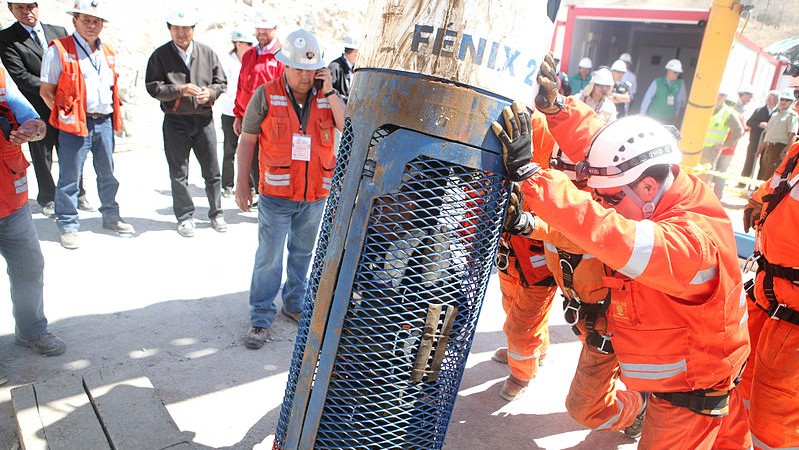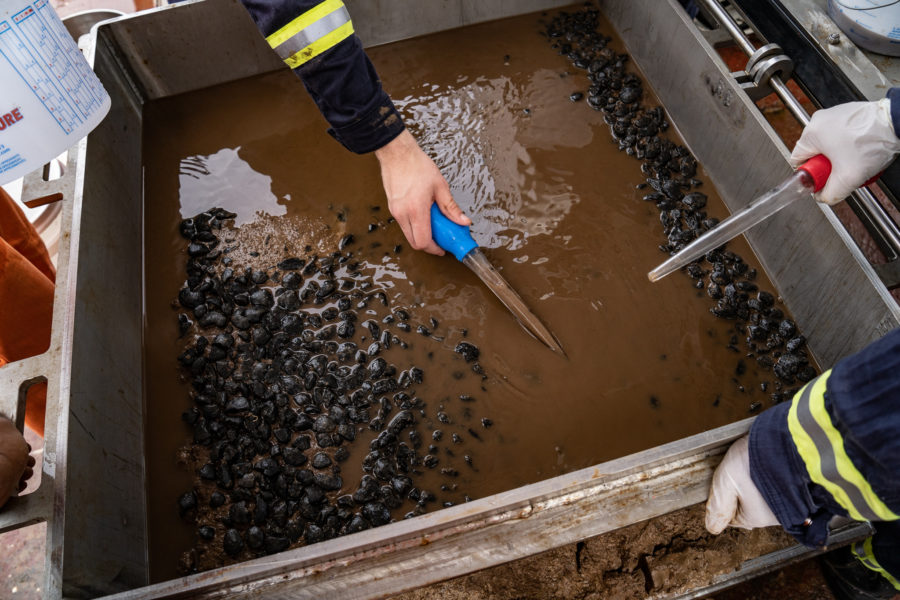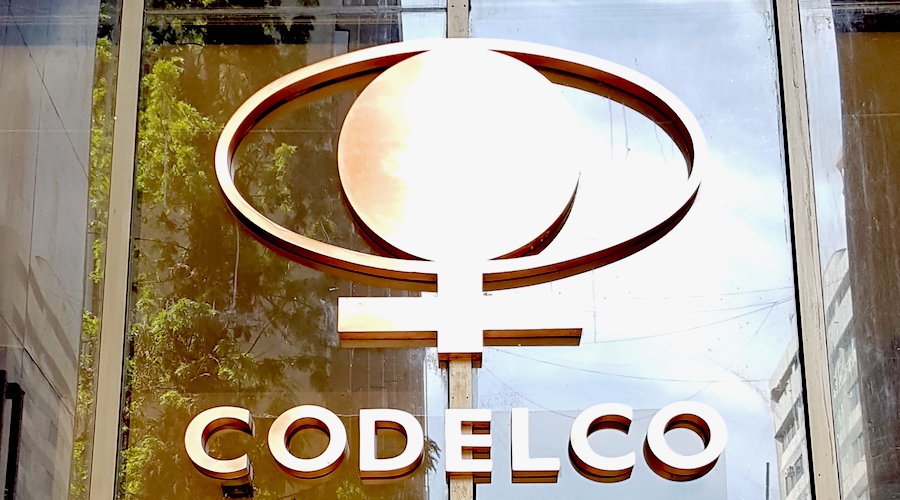Chilean miner trapped underground recalls the day he saw the light

The spectacular rescue a decade ago of 33 miners trapped for two months underground in Chile’s Atacama desert made headlines around the world.
One of the survivors recalled in an interview with Reuters on Monday the drama of the last few moments before his escape, when rescuers threaded him through a narrow gap in the rock in a capsule designed for the purpose.
Mario Sepúlveda, the group’s leader and the second man to be rescued, remembered his fear as the capsule hauled him upwards out of the darkness, not knowing if the plan would work.
“On the way out, it was terrible, terrible,” Sepúlveda said. “I screamed. I just wanted to get out, to see the light.”
He and other miners were trapped by a mine collapse on Aug. 5, 2010 at the San José mine, a small deposit nestled among dusty, desert hills near the city of Copiapó, about 800 kilometers (500 miles) north of Santiago.
No one knew whether the miners, far beneath the surface, were alive or dead until they were able to convey a note to the surface in a probe sent down by authorities on Aug. 22. “We are fine in the shelter, the 33 of us,” said the note, written in red ink.
The final rescue, broadcast live around the globe, took place on Oct. 13 of that year with each man emerging alive.
The miners have since become stars. Their story prompted a movie, with Spaniard Antonio Banderas starring as Mario Sepúlveda.
On Tuesday, Chilean President Sebastián Piñera, whose first government oversaw the rescue operations, led a commemoration ceremony at the La Moneda presidential palace.
“We should remember and learn the lessons of the miracle of the San Jose Mine, to confront with the same willpower, faith, unity and strength…the great new challenges of coronavirus before us,” Pinera said in a televised speech.
(Reporting by Natalia Ramos and Reuters TV, writing by Dave Sherwood; Editing by Cynthia Osterman)
More News
{{ commodity.name }}
{{ post.title }}
{{ post.date }}



Comments